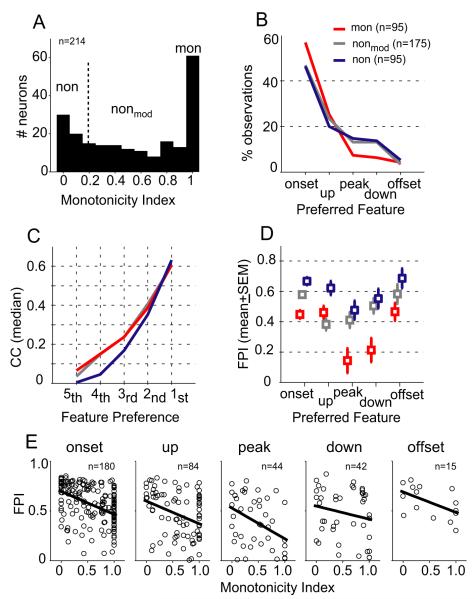Figure 3. Comparison of envelope feature selectivity between monotonic and non-monotonic neurons.
(A) Distribution of Monotonicity Index (MI). For data analyses, the neural population was divided into three subgroups based on MI values (Table I). (B) Percentage of observations of feature types for the three neural groups. Neurons that were tested at more than one SPL contributed multiple observations. (C) Ordered correlation coefficients (median) between stimulus-response feature maps as demonstrated in Fig. 2. The highest rank (1st) is associated with the preferred feature type of a neuron. (D) Feature Preference Index (FPI, mean ±SEM) of monotonic (red), moderately non-monotonic (gray) and highly non-monotonic neurons (blue) for each feature type. (E) Scatter plots of FPI as a function of MI for five feature types. Best-fit linear regression is shown in black line.

